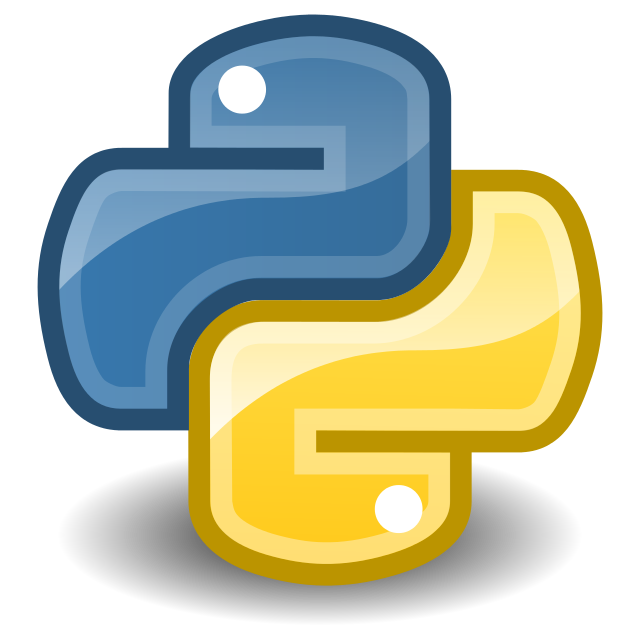Python

1. Syntax and Readability:
- Python emphasizes readability with its clean and straightforward syntax.
- It uses indentation to define code blocks, which enforces a consistent and readable style.
- The language minimizes syntactic noise, such as semicolons or curly braces, which can clutter code in other languages.
3. Dynamic Typing and Strong Typing:
- Python is dynamically typed, meaning you don't need to declare the type of a variable explicitly.
- Variable types are determined at runtime based on the assigned values.
- Despite dynamic typing, Python is strongly typed, meaning it won't perform implicit type conversions that may lead to unexpected behavior.
5. Functional Programming Features:
- Python supports functional programming paradigms, including lambda functions, map, filter, and reduce functions.
- These features enable concise and expressive ways to manipulate data and perform operations on collections.
7. Portability and Platform Independence:
- Python is highly portable and runs on various platforms, including Windows, macOS, Linux, and others.
- Code written in Python can typically run unchanged on different platforms, promoting cross-platform compatibility.
Python
It seems like you're asking for a description of Python, the programming language. Python is a high-level, interpreted programming language known for its simplicity and readability. Here's a breakdown of its key features:
2. Data
Structures:
-
Python provides built-in data structures like
lists, tuples, sets, and dictionaries.
-
Lists are mutable sequences, tuples are
immutable sequences, sets are unordered collections of unique elements, and
dictionaries are key-value pairs.
-
These data structures are versatile and
efficient, making Python code concise and expressive.
4. Object-Oriented
Programming (OOP):
-
Python supports OOP principles such as
encapsulation, inheritance, and polymorphism.
-
Classes and objects are fundamental to Python's
OOP model, allowing developers to organize code into reusable and maintainable
components.
-
Python's "everything is an object"
philosophy means even primitive data types like integers and strings are
objects with associated methods.
6. Standard
Library and Third-Party Packages:
-
Python's extensive standard library provides
modules for a wide range of tasks, such as file I/O, regular expressions,
networking, and more.
-
Additionally, Python's package management
system, pip, allows easy installation of third-party packages from the Python
Package Index (PyPI).
- Third-party packages cover virtually every domain imaginable, including web development (e.g., Django, Flask), scientific computing (e.g., NumPy, SciPy), data analysis (e.g., pandas), machine learning (e.g., TensorFlow, scikit-learn), and more.
8. Community and Ecosystem:
- Python boasts a vibrant and welcoming community of developers who contribute to its growth and evolution.
- Community resources include forums, mailing lists, conferences, and online tutorials, making it easy for developers to seek help and share knowledge.
- The vast ecosystem of libraries, frameworks, and tools built by the community enhances Python's capabilities and accelerates development in various domains.
These detailed features contribute to Python's popularity and effectiveness as a programming language for a wide range of applications, from simple scripting to complex software development projects.

